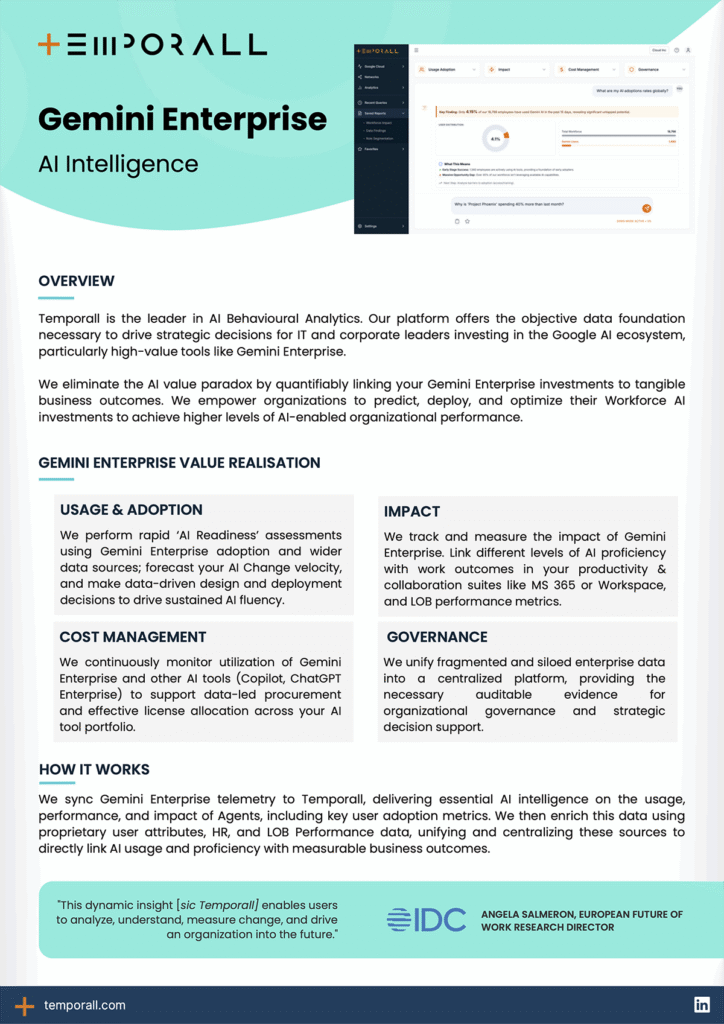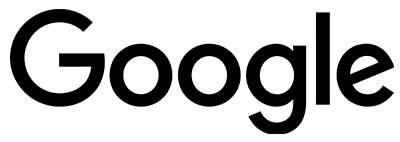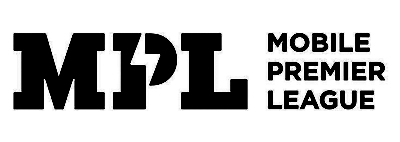Head of Labs Laurie Parma breaks down why the most common definition of your company culture sets you off on the wrong foot.
Culture is hard to define. As a result, it is unsurprising that the shortest and most open way to define it (and avoid any debate) has spread most widely. Most people therefore define culture as:
“The way we do things around here” (Deal and Kennedy, 1982)
But is this definition really as open as we think?
“Around here” implies an internal way of collaborating with one another and operating to get the work done inside the business. This leaves out the more external facing cultural activities, such as ways of reacting to, and strategically handling the external business environment. Yet, both aspects are part of culture.
Similarly, where is “here” when referring to the culture of the digital world? Where is “here” when we work remotely?
While defining culture as “the way we do things around here” is short and convenient, we run the risk of oversimplifying the concept, diluting its breadth and richness, which can lead to misconceptions.
What do you really imply when you use the word culture?
The culture of a group can be defined as the accumulated shared learning of that group as it solves its problems of external adaptation and internal integration; which has worked well enough to be considered valid and, therefore, to be taught to new members as the correct way to perceive, think, feel, and behave in relation to those problems. This accumulated learning is a pattern or system of beliefs, values, and behavioural norms that come to be taken for granted as basic assumptions and eventually drop out of awareness.
According to Schein, culture therefore implies structural stability, depth, breadth, and patterning or integration that results from the group’s learning process (just as personality and character are for individuals learned phenomena).
Stability: When something is cultural we imply that it is not only shared by all in the group but also defines the group, to the point that it is part of its DNA.
Depth: When a group learns together, some behaviours, values or attitudes are first talked about, then adopted and eventually become habitual. After a while, those behaviours and value have been there for so long that nobody talks about them anymore. This is how deep culture runs, it covers aspects that have become unconscious parts of the organisation.
Breadth: As the group develops, culture permeates and influences every aspect of its functioning. From how an organisation achieves its purpose, to the way it manages threats and opportunities in its external business environments, and its internal operations – culture sits central to it all.
I like to summarise Schein’s definition by saying that culture is to a group what personality is to the individual.
The overlooked breadth of culture
Organizational cultures, like other cultures, develop as groups of people struggle to make sense of and cope with their worlds.
Trice & Beyer, 1993
That act of simplification is normal. Disorder makes us anxious, so we tend to do all we can to reduce anxiety. That’s why, even culturally, we tend to want to order things. To make sense of our cultural environment, we look for patterns and for simple ways to integrate cultural aspects (rituals, values, and behaviours). At Temporall, we achieve this through continuous assessment. Relying on both people insights (direct feedback) and intelligence gathered from data in enterprise systems, we develop a picture of organisations in real-time, as their culture morphs and unfolds.
Gaining a consistent and predictable view of how things happen in a business – both inside and out – we aim to reduce the blurry lines and uncertainties that stand in the way of understanding your culture. This means that leadership teams can go beyond simply working on “The way we do things around here” (Deal and Kennedy, 1982) to something more comprehensive.









